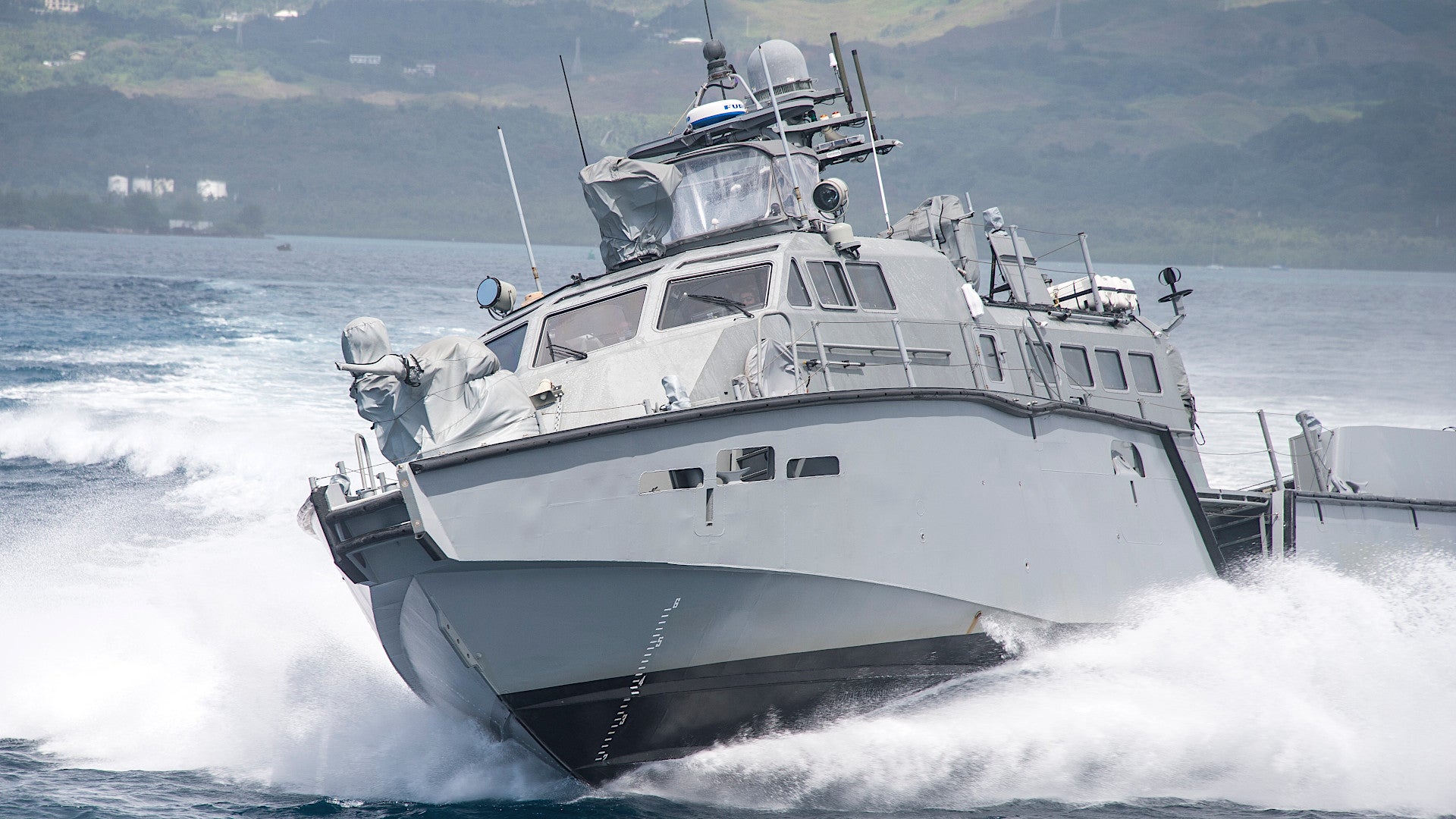The U.S. government has approved the potential sale of 16 Mk VI patrol boats, as well as various weapons and associated equipment, to Ukraine. These boats could be a valuable addition to the relatively small Ukrainian Navy, which is primarily focused on patrolling the country’s coastlines on the Black Sea and Sea of Azov. This has led to altercations with Russian security forces, as well as with separatists in the Eastern Donbass region and troops that Moscow has sent there to support them, in recent years. In 2018, a particularly serious skirmish between the two countries’ maritime forces led to the capture of three of Ukraine’s naval vessels, including two gunboats, and 24 Ukrainian sailors.
The U.S. military’s Defense Security Cooperation Agency (DSCA) issued a press release on June 17, 2020, that announced that the U.S. State Department had signed off on the prospective deal, which is valued at approximately $600 million. The complete package includes 32 MSI Seahawk A2 remote-controlled gun systems, two per boat, as well as a Mk 44 Bushmaster II 30mm automatic cannon for each of those mounts, along with eight spares, for a total of 40 guns. Each Mk VI would also come with an Identification Friend or Foe (IFF) system, a sensor turret with visible and infrared video cameras, and a Long Range Acoustic Device (LRAD), the latter of which can be used to hail or signal other ships, as well as act as a non-lethal weapon to deter boarders. You can read more about LRADs in this past War Zone piece.
The full list of items included in the Mk VI package, as well as ancillary support services, is as follows:
“The Government of Ukraine has requested to buy up to sixteen (16) Mark VI Patrol Boats; thirty-two (32) MSI Seahawk A2 gun systems; twenty (20) Electro-Optics-Infrared Radar (FLIR) (16 installed and 4 spares); sixteen (16) Long Range Acoustic Device (LRAD) 5km loudspeaker systems; sixteen (16) Identification Friend or Foe (IFF) systems; forty (40) MK44 cannons (32 installed and 8 spares); communication equipment; support equipment; spare and repair parts; tools and test equipment; technical data and publications; personnel training and training equipment; U.S. government and contractor engineering, technical, and logistics support services; and other related elements of logistics support. The estimated total cost is $600 million.”
“This proposed sale will support the foreign policy goals and national security objectives of the United States by improving the security of a partner country that is a force for political stability and economic progress in Europe,” DSCA noted. “The proposed sale will improve Ukraine’s capability to meet current and future threats by providing a modern, fast, short-range vessel. Ukraine will utilize the vessels to better defend its territorial waters and protect other maritime interests.”
It’s worth noting that the configuration of the potential Mk VIs for Ukraine described in the DSCA notice is not the same as that of the ones that the manufacturer, SAFE Boats International, has supplied to the initial customer, the U.S. Navy. Instead of the 30mm Bushmaster II-armed MSI Seahawk A2s that would go onto the Ukrainian variants, the American examples have two Mk 38 Mod 2 mounts, each one with a 25mm M242 Bushmaster cannon, as their main armament. The M242 is also the main gun on the U.S. Army’s Bradley Fighting Vehicles.
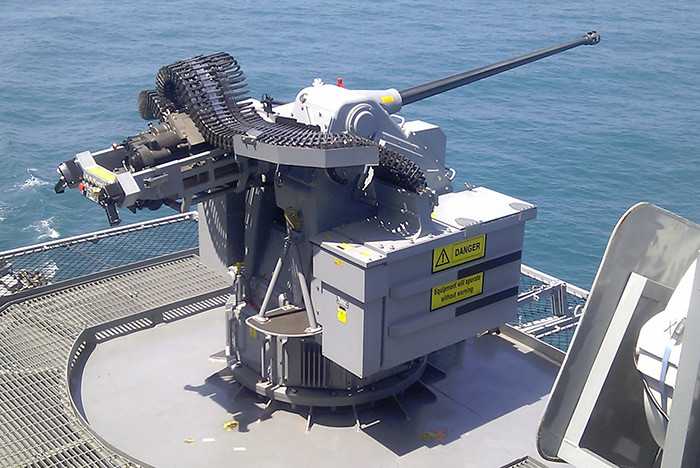
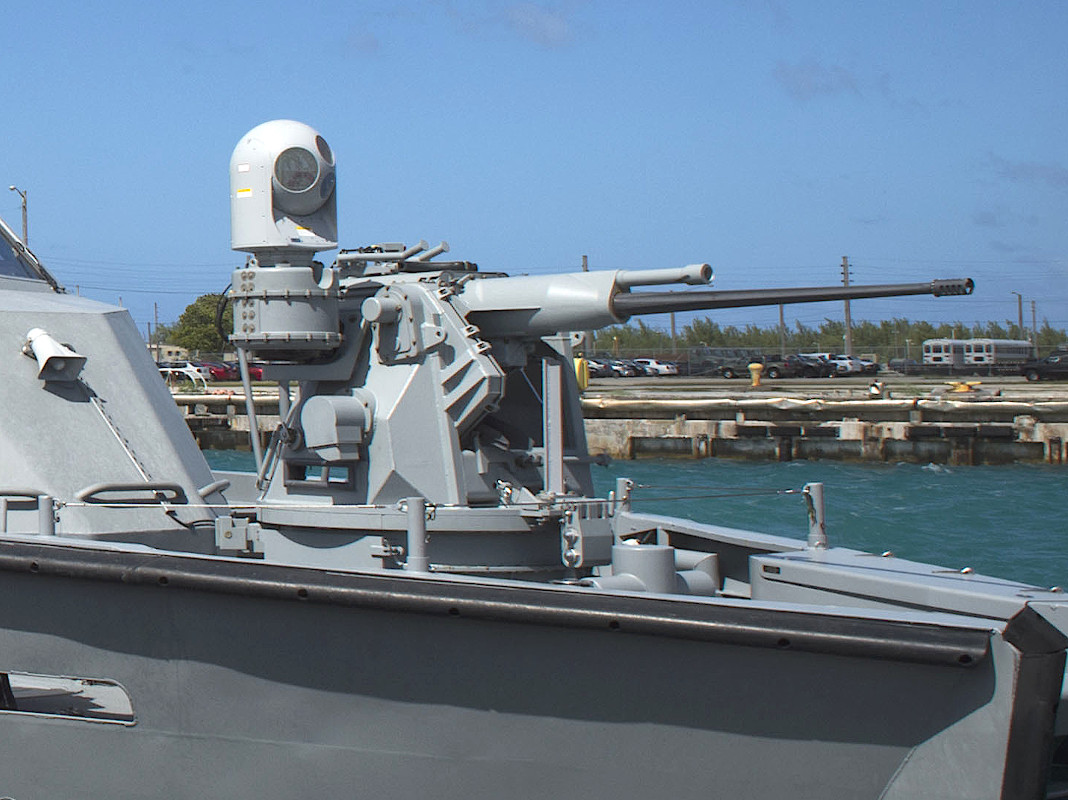
The Navy’s Mk VIs also have two smaller remote weapon stations, each with a .50 caliber machine gun, one on top of the front of the pilothouse and one on the superstructure behind it. There are four other mounts, two on top of the superstructure and two on either side the stern, for additional machine guns or automatic grenade launchers. It’s not clear if the configuration of the boats on offer to Ukraine will have provisions for these or any other additional weapons.
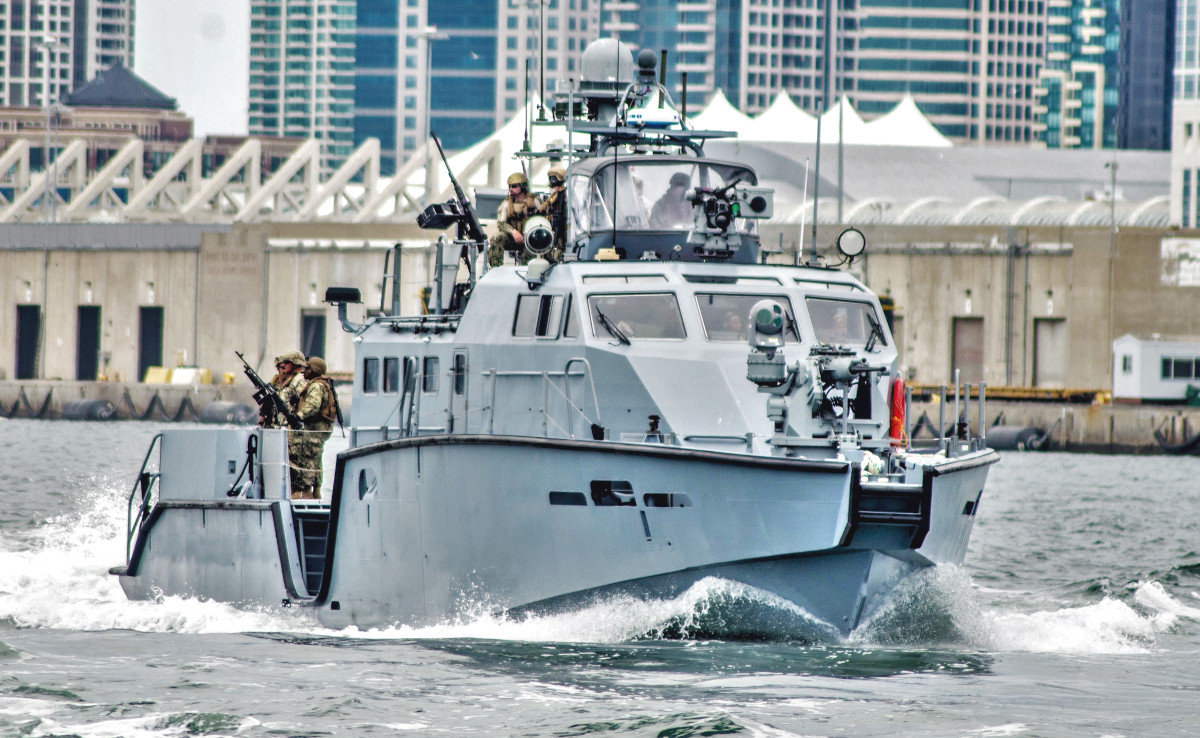
The Navy’s Mk VIs, which started entering service in 2016, have displacements of 72 tons, a top speed of around 45 knots, and an impressive range for a boat of their size and performance of up of 750 nautical miles at a cruising speed of 25 knots. The Ukrainian versions, which, if anything, will have less equipment, are likely to have similar performance.
The general aluminum-hulled design of the Mk VI also offers room for the insertion of additional weapons and other capabilities in the future. The Navy has discussed possibly adding launchers for the small AGM-176 Griffin missile, among other similarly sized precision-guided weapons. Lockheed Martin has even proposed a launcher system for the boats with four AGM-158C Long Range Anti-Ship Missile (LRASM).
The rear ramp on the Mk VIs can also be used to launch and recover small watercraft, such as rubber rafts, as well as small unmanned undersea vehicles, such as the Mk 18 Kingfish underwater drone for mine-hunting. Navy personnel have demonstrated their ability to launch small unmanned aerial vehicles by hand from the boats, as well.
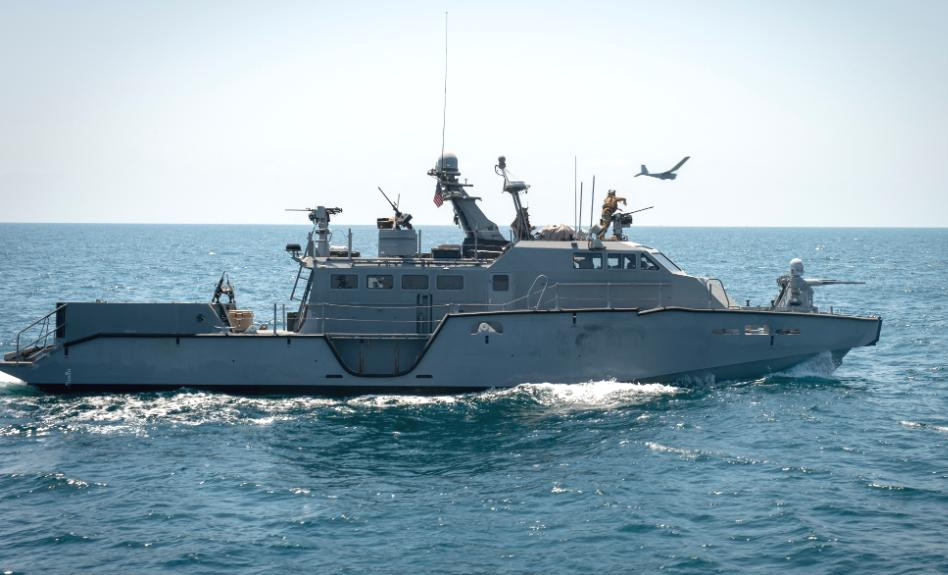
Beyond that, the U.S. Navy also tested a single command and control boat version with added communications and data-sharing capabilities, but a more limited armament of just two .50 caliber machine gun-equipped remote weapon stations and the four mounts for manually-operated machine guns and automatic grenade launchers.
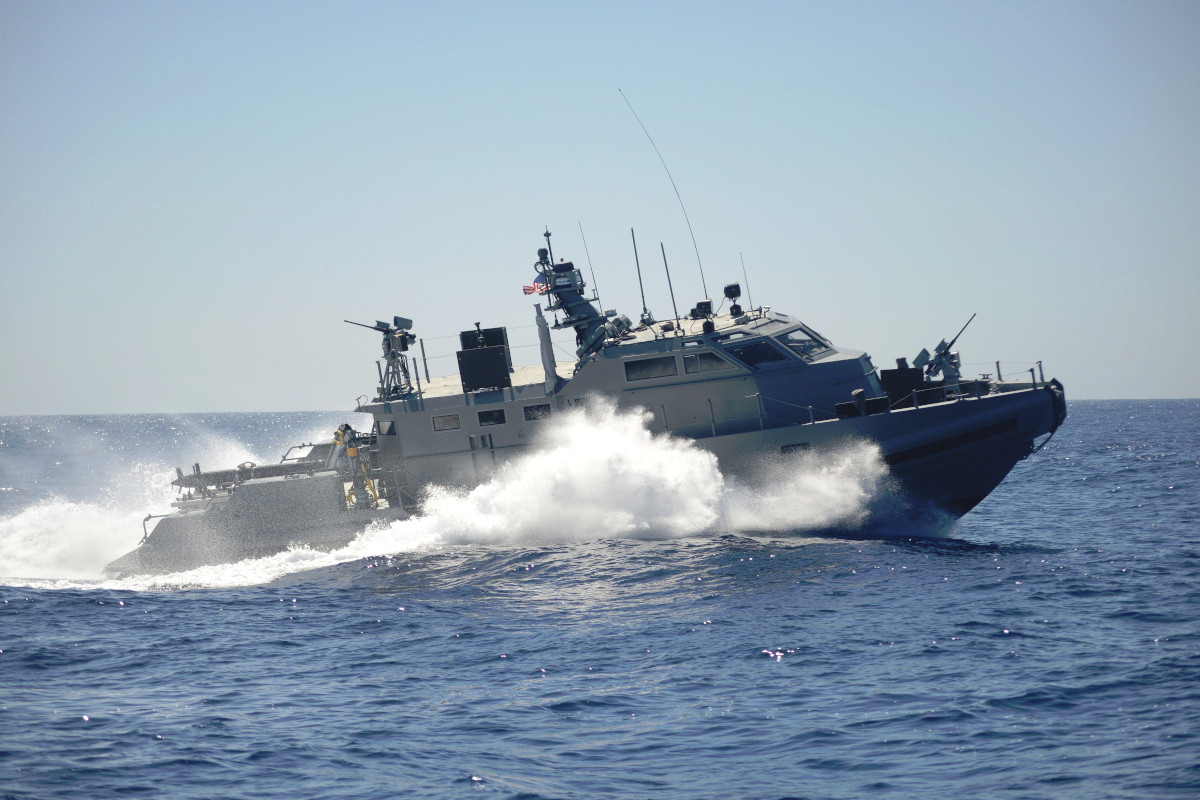
No matter what the exact configuration of any Mk VI patrol boats for Ukraine might be in the end, a fleet of 16 of them could help bolster the country’s Navy. At present, the Ukrainian Navy has a lone Soviet-era Krivak III class frigate, the 3,510-ton-displacement Hetman Sahaydachniy. This ship serves as the Ukrainian Navy’s flagship, but the core of the country’s naval combat capability comes from 10 patrol boats, across five different classes, all of which have displacements under 300 tons and the vast majority of which displace less than 170 tons.
This includes the two 54-ton-displacement Gurza-M class armored gunboats that Ukraine only got back from Russia in November 2019, nearly a year after the 2018 skirmish in the strategic Kerch Strait, which links the Black Sea to the Sea of Azov. The head of the Ukrainian Navy, Vice Admiral Ihor Voronchenko, claimed that the Russians had sent the boats back in a terrible state, with even their toilets ripped out, which the Kremlin denied. When the Berdyansk and the Nikopol will return to full operational service remains to be seen.
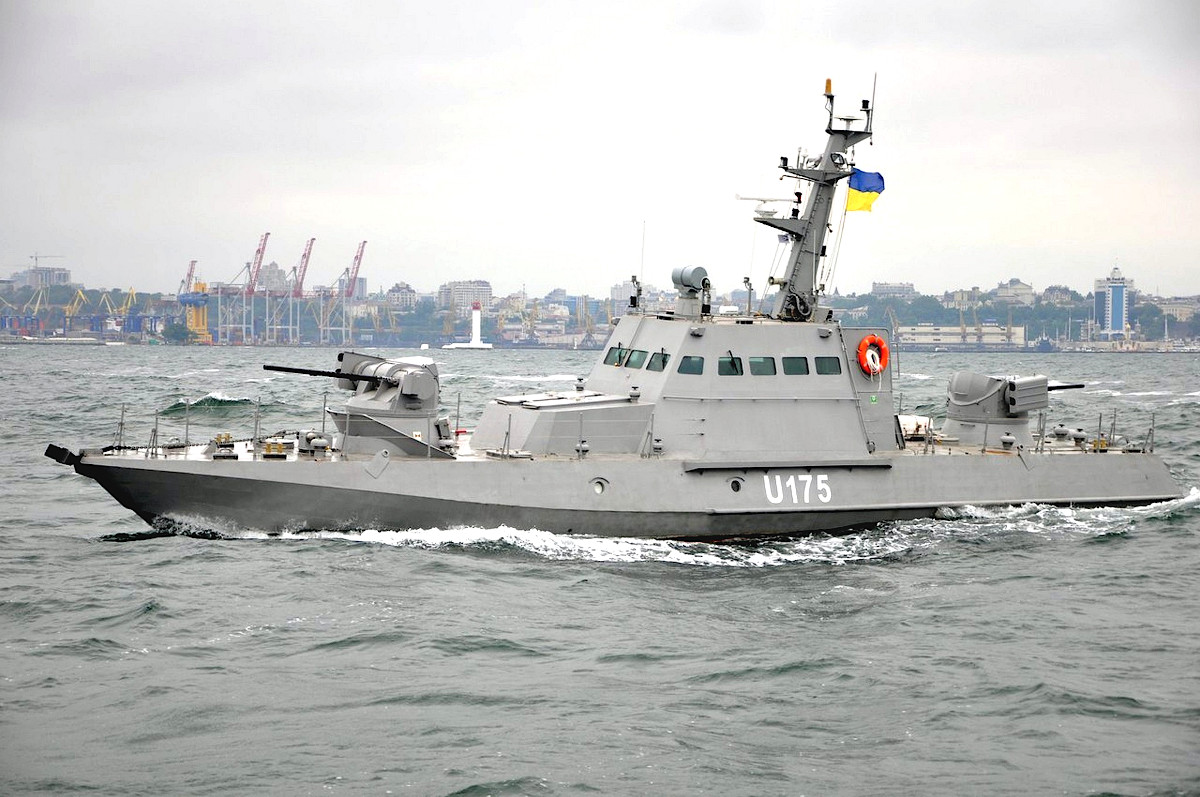
The Mk VIs are larger and faster than the Gurza-Ms, of which the Ukrainian Navy presently has six and are the most numerous combat vessels in service in the country right now, as well as the newest, with the most recent example being commissioned in 2018. Each one of these gunboats has two BM-5M.01 Katran-M weapon systems, which have a 30mm automatic cannon, anti-tank guided missiles, a 30mm automatic grenade launcher, and a 7.62mm machine gun and are the main armament on the Gurza-Ms.
As of 2017, Ukraine hoped to have 20 Gurza-Ms in service by the end of this year, but, at present, one additional example is undergoing sea trials and another is under construction. Even if this full fleet of those armored gunboats were to become a reality, the acquisition of the 16 Mk VIs would still almost double the total size of the Ukrainian Navy’s patrol boat fleets.
Of course, all of these patrol boats would be best suited to inshore patrolling and security duties, including countering any maritime smuggling to or from groups in the Donbass, as well as providing some general combat capabilities against any separatist elements that have taken up positions along the coast. However, in the past, those same forces, and Russians troops supporting them, have sunk at least one Ukrainian Border Guard Service boat using artillery fire.
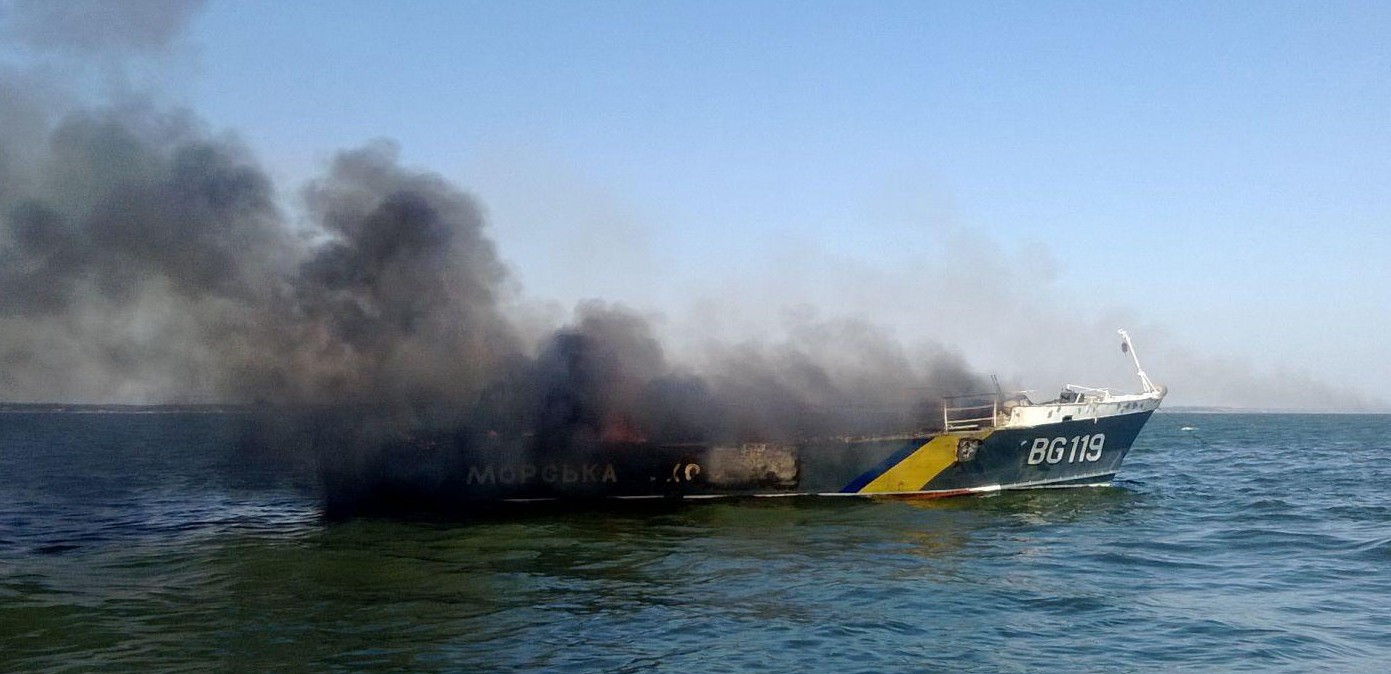
The Ukrainian Navy still lacks the kind of capability to actively deter or otherwise challenge the Russian Navy’s Black Sea Fleet, which would be its most likely immediate naval opponent. The Black Sea Fleet has some 50 surface vessels, including a cruiser, a destroyer, and a number of frigates, as well as six submarines. This is not to mention the expansive military capabilities that Russia has deployed on the Crimean Peninsula, which it has illegally occupied since 2014, and elsewhere in the Black Sea region, including significant amounts of combat airpower and shore-based anti-ship, as well as anti-aircraft defenses.
In 2018, the United States did propose the sale of two ex-U.S. Navy Oliver Hazard Perry class frigates to Ukraine. So far, authorities in Kyiv have not pursued that deal.
However, despite a significant scandal in 2019, the Trump Administration has approved the sale of and delivered significant amounts of military aid to Ukraine, including Javelin anti-tank missiles, which Ukrainian personnel could also fire from the decks of the Mk VIs, in recent years. Earlier today, the U.S. Embassy in Kyiv announced another $60 million worth of weapons and equipment were headed for the Ukrainian military. More deals, including for Patriot surface-to-air missile systems, may now be in the works.
This potential deal could also be an important sale for SAFE Boats. The Navy has said it has no plans, at least a present, to acquire any more Mk VIs beyond the 12 it has now. Since 2016, the company has continued to offer them to foreign customers, including through the U.S. Foreign Military Sales program. Saudi Arabia is also set to receive a number of these boats.
Ukraine still has to formally decide to pursue the purchase of the Mk VIs, but the patrol boats would offer valuable maritime capabilities the country sorely needs.
Contact the author: joe@thedrive.com
